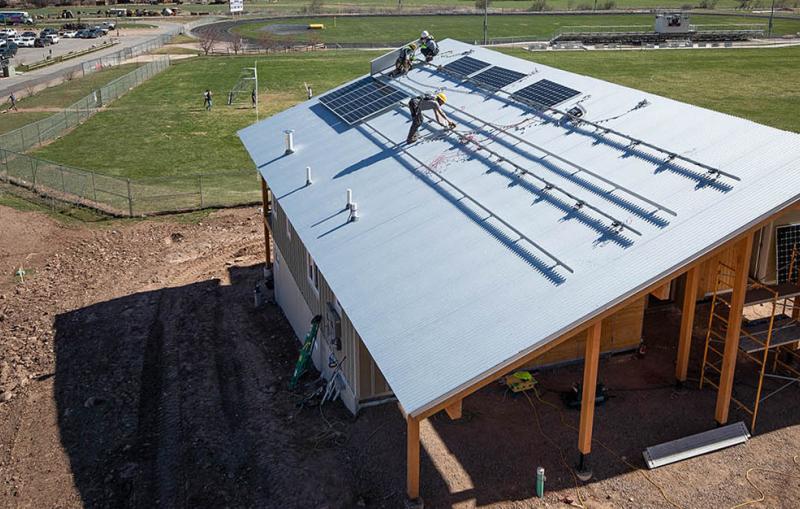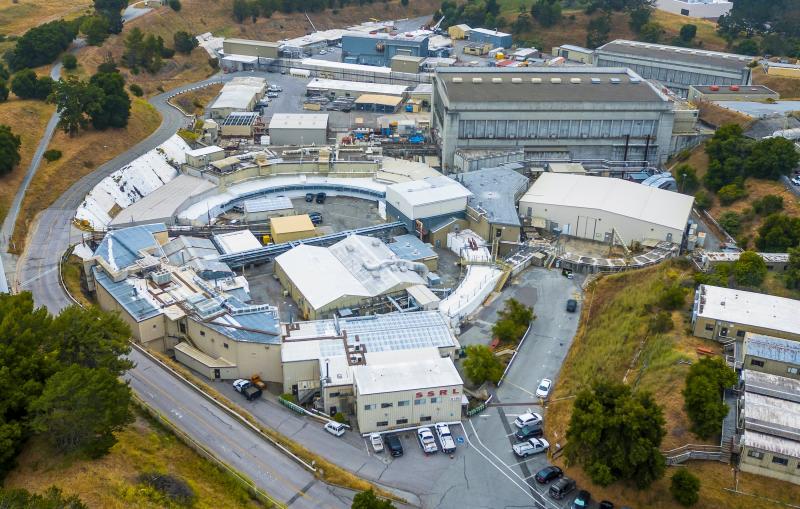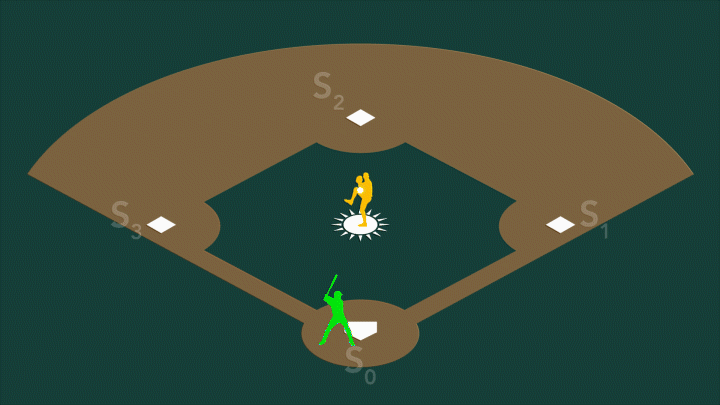

Animation
In photosystem II, the water-splitting center cycles through four stable states, S0-S3. On a baseball field, S0 would be...

Where can we find clean drinking water? How can we remove excess carbon dioxide from the oceans? When can a contaminated site be declared clean? Molecular environmental scientists look for answers to big questions like these by zooming in on their smallest components: Chemical reactions taking place at the scale of molecules and atoms.
Related link:
Energy sciences


In photosystem II, the water-splitting center cycles through four stable states, S0-S3. On a baseball field, S0 would be...
